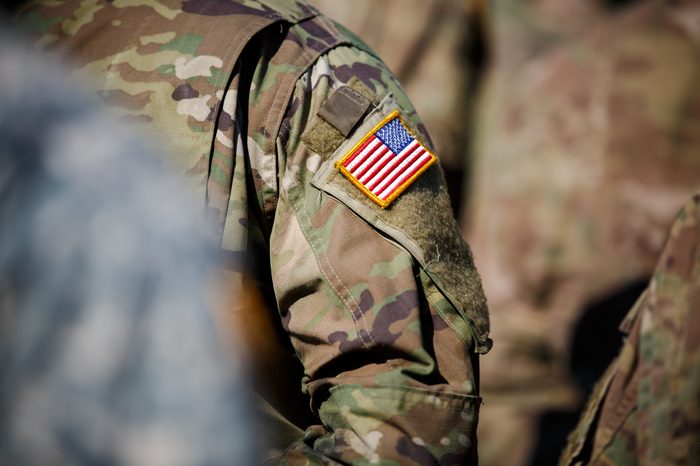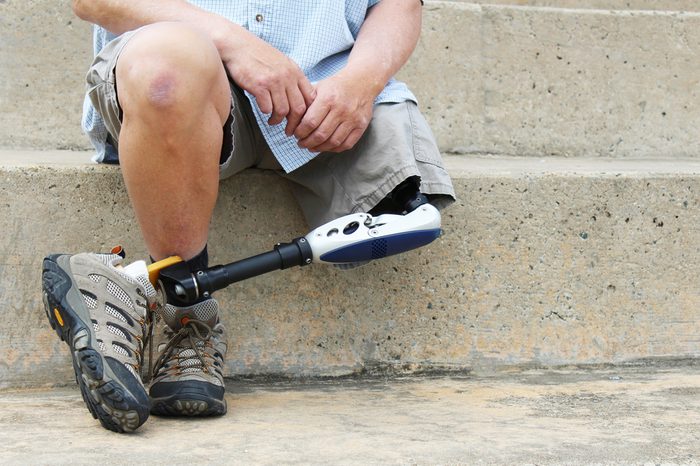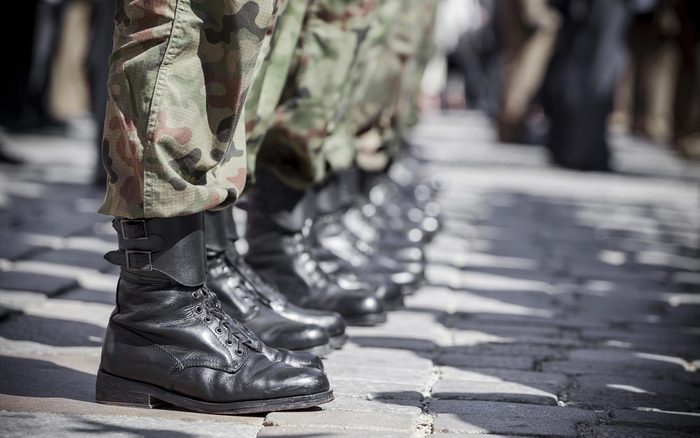
Service takes a heavy toll
In 2016, there were roughly 20.4 million United States veterans, according to the Department of Veterans Affairs (VA). About nine million of them are enrolled with the VA health services, which include 170 VA Medical Centers and 1,063 outpatient sites. Vets come in for standard care, of course—injuries, sinus infections, and headaches—and much more serious illnesses like heart disease, type 2 diabetes, and cancer. But they also battle issues unique to their service for our country: “Veterans experience mental health disorders, substance use disorders, post-traumatic stress, and traumatic brain injury at disproportionate rates compared to their civilian counterparts,” says Maria Olenick, PhD, RN, Chair-Undergraduate Nursing & Clinical Associate Professor at Florida International University.
Mental health issues
Over the span of a year, more than 1.1 million veterans were treated for mental health issues, according to a study published in the American Journal of Public Health. Their illnesses can include depression, substance use disorder, anxiety, schizophrenia or bipolar disorder, according to the VA Patient Aligned Care Team (PACT), which was involved in the study.

Post-traumatic stress disorder (PTSD)
During World War I, caregivers developed the term shell shock to describe the combat-related psychological distress seen in soldiers returning from battle. In 1980, the American Psychiatric Association gave the condition a name and diagnostic criteria: It’s called post-traumatic stress disorder and the symptoms can include flashbacks to traumatic events, nightmares, sleeplessness, anxiety, and depression. PTSD is one of the most common health issues vets experience, says Olenick. Even through trauma-induced stress is not limited to veterans, military personnel experience it almost four times more often than civilians; 36 percent of male veterans versus 8 percent of non-veterans, according to the National Institutes of Health.

Traumatic brain injury
A traumatic brain injury (TBI) is “usually the result of significant blow to the head or body. Symptoms can include headaches, fatigue or drowsiness, memory problems, and mood changes and mood swings,” according to the National Alliance of Mental Illness. While a mild concussion is most common, “there are actual changes to the brain that occur from a mild traumatic brain injury,” says Olenick.

Chronic pain
Sadly, chronic pain is one of the most reported symptoms by veterans returning from recent overseas military actions, according to the NIH: 82 percent of returning Operation Enduring Freedom and Operation Iraqi Freedom reporting chronic pain. Research—like a recent study published in the journal Medicine—reveals a link between chronic pain and substance abuse, which is a contributing factor that may help explain why veterans also battle:

Substance use disorders (SUDs)
Military service is stressful, and that stress has been shown to increase the risk of vets having issues with drugs, alcohol and cigarette smoking, according to the NIH. In many veterans, SUDs exist as a co-morbid condition with other conditions like pain, depression and insomnia. SUDs can lead to increased risk of suicide, with one study of military personnel suggesting that 30 percent of suicides were preceded by alcohol or drug use.

Suicide
According to the most recent data—the 2019 National Veteran Suicide Prevention Report—more than 6,000 vets have taken their own lives every year between 2008 and 2017; the rate of suicide among veterans was 1.5 times higher than the non-veteran population. More than two-thirds of male veterans used a gun.

Amputations
Since 2010, 1,573 veterans have suffered the loss of major limbs from amputation due to battle injury, according to a report from the Federation of American Scientists. While technology advancements in medicine and body protection have increased survival rates for soldiers, amputation is still a risk and can lead to trauma, personal distress, anxiety, and depression, as a review of research in Industrial Psychiatry Journal finds.

Hazardous exposures
In conflict, U.S. veterans have been exposed to extremely dangerous substances—from mustard gas in World War I to Agent Orange in Vietnam; there’s also severe air pollution from burn pits, smoke, and the dust of battle. According to the VA, these exposures can raise the risk of health problems years later. Veterans of the Gulf War continue to suffer from mysterious chronic illnesses; it will take some time before veterans of Iraq and Afghanistan can know the health consequences of the various substances to which they were exposed during service.
You can reach the Veterans Crisis Line by dialing 1-800-273-8255 and pressing 1. Or you can start a confidential online chat session at the VeteransCrisisLine.net/Chat. For anyone struggling with suicidal thoughts, call the National Suicide Prevention Lifeline at 1-800-273-8255.

